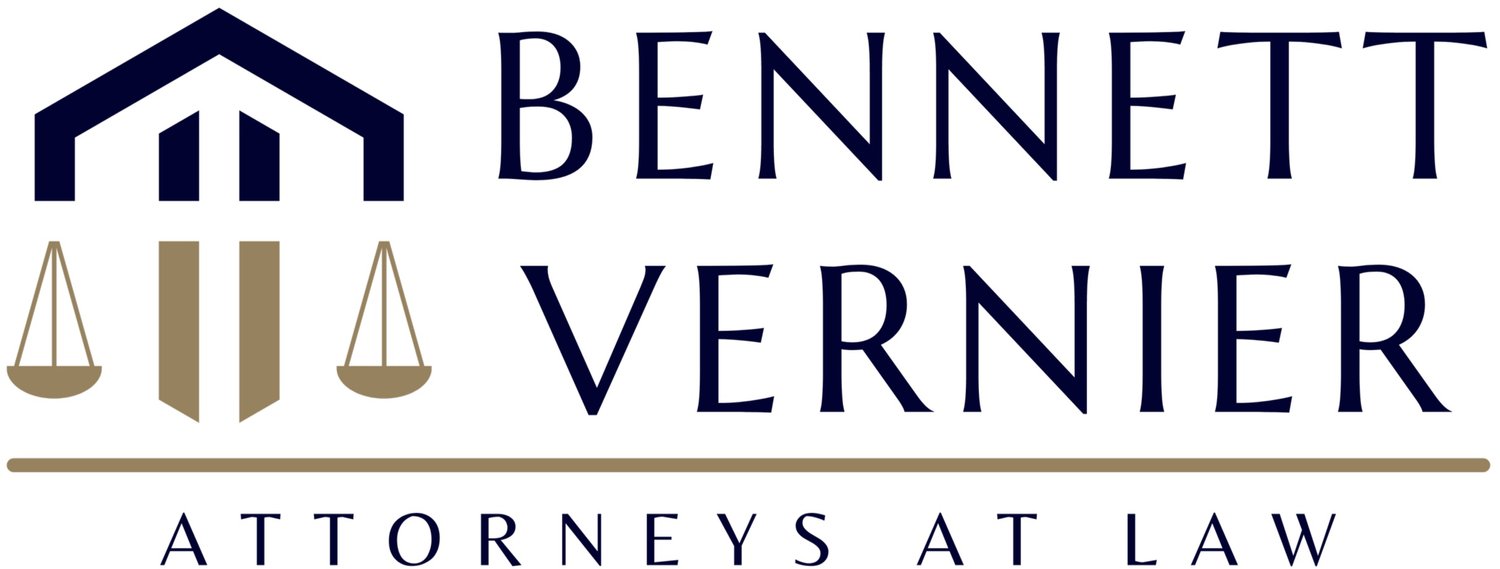Understanding Replevin Law in Oklahoma: What It Is and How It Works
When personal property is wrongfully taken or withheld, replevin is the legal remedy that allows the rightful owner to recover it. In Oklahoma, replevin actions are a powerful and often necessary tool to reclaim possession of property to resolve ownership. Whether you're a lienholder, lender, business owner, or private party, understanding how replevin works in Oklahoma can help you protect your rights.
What Is Replevin?
Replevin is a legal action filed to recover personal property that has been wrongfully taken or detained. Unlike a lawsuit for damages, replevin focuses on returning the actual property to the rightful possessor. It’s commonly used in cases involving:
Vehicle repossessions (when payments are in default)
Equipment or tools withheld by former employees or lessees
Business assets wrongfully retained after a partnership breakup
Items loaned or entrusted that are not returned
Oklahoma Law on Replevin
Replevin actions in Oklahoma are governed primarily by Title 12, § 1571-1585 of the Oklahoma Statutes. To initiate a replevin case, the plaintiff (the person seeking return of the property) must establish that:
They have a legal right to possession of the property.
The defendant is wrongfully detaining the property.
The property is specific and identifiable (i.e., not fungible goods like money).
The statute allows the plaintiff to seek immediate possession of the property before the case is decided—provided they meet certain requirements, including filing an affidavit and possibly posting a bond.
How a Replevin Case Works
Filing the Petition
The process begins with filing a petition in the appropriate district court. The petition must describe the property, its value, and the facts supporting the claim of rightful possession.Emergency Possession (Optional)
If immediate return of the property is necessary, the plaintiff can request a writ of replevin—a court order that directs law enforcement to seize and return the property before trial. To obtain the writ, the plaintiff must file a verified affidavit and may be required to post a replevin bond to cover any potential damages if the claim is unsuccessful.Service and Response
The defendant is served with the lawsuit and given a chance to respond. They may file a counterclaim, challenge the right of possession, or contest the bond.Hearing or Trial
If the case isn't resolved through negotiation, it proceeds to a hearing or trial. The court determines who has the superior right to possession and may order the return of the property, payment of damages, or both.Final Judgment
Once the court makes a ruling, a final judgment is entered. If the plaintiff prevails and the property has not already been returned, law enforcement can assist in enforcing the order.
Why Replevin Matters
Replevin is an essential tool in protecting property rights without waiting for lengthy court proceedings. It’s especially valuable in time-sensitive situations where the continued detention of property causes financial harm or business disruption. Whether you're a creditor needing to recover collateral, a business owner retrieving equipment, or an individual trying to reclaim what's yours, the process can be complex. Procedural missteps can delay recovery—or even cause your case to be dismissed.
How We Can Help
At Bennett | Vernier, our attorneys are experienced in handling replevin actions throughout Oklahoma. We assist clients with preparing replevin affidavits, filing lawsuits, seeking emergency possession orders, and enforcing judgments. If you're dealing with a property dispute, we can guide you through every step of the process with efficiency and precision.
📞 Call us at (405) 456-0404 to speak with an attorney about your replevin case.
